Lighting Techniques for Flawless Product Photography
Product photography is an essential aspect of any e-commerce or retail business. It is through product photography that customers get their first impression of a product, and it is crucial to make sure that impression is a positive one. Lighting plays a crucial role in determining the quality of product photography. Whether you are taking photos for your own website or for an online marketplace, the following lighting techniques will help you achieve flawless product photography every time.
-
Natural Light
The first and simplest technique for product photography is to use natural light. This is an ideal option for small, simple products that do not require elaborate lighting setups. Simply place your product in a well-lit room with a window and take the photo. You can adjust the position of the product to get the best lighting and shadow effects. If the natural light is not bright enough, you can use a reflector to bounce the light back onto the product and brighten it up.
-
Studio Lighting
For more complex and larger products, a studio lighting setup is necessary. Studio lighting provides consistent, controlled lighting that is ideal for product photography. There are several types of studio lighting that you can use, including continuous lighting, strobe lighting, and LED lighting. Continuous lighting is a great option for beginners as it is easy to use and provides a consistent source of light. Strobe lighting, on the other hand, is more advanced and offers more control over the lighting, but it can be more expensive and complicated to use. LED lighting is a relatively new option that provides bright, consistent lighting, but it can also be expensive.
-
Three-Point Lighting
The three-point lighting technique is a classic lighting setup that is often used in product photography. It involves using three lights to illuminate the product from different angles. The first light, known as the key light, is the main source of light and is placed at a 45-degree angle to the product. The second light, known as the fill light, is placed on the opposite side of the key light and helps to fill in any shadows created by the key light. The third light, known as the backlight, is placed behind the product and helps to create separation between the product and the background.
-
Rembrandt Lighting
The Rembrandt lighting technique is a popular lighting setup that is used to create dramatic and moody product photography. It involves using one main light source, placed at a 45-degree angle to the product, and a fill light placed on the opposite side of the key light. The key difference between Rembrandt lighting and the three-point lighting technique is the placement of the key light. In Rembrandt lighting, the key light is placed closer to the camera, which creates a distinctive triangular light pattern on the product.
-
Loop Lighting
Loop lighting is another popular lighting technique that is used to create a natural and flattering look for product photography. It involves placing the key light slightly above the product and at a 45-degree angle, with the fill light placed slightly below the product and on the opposite side. The key light creates a loop-shaped shadow under the product, hence the name “loop lighting.” This lighting setup is great for creating a natural, balanced look for product photography.
The key to achieving flawless product photography is to choose the right lighting technique for your product. Whether you choose to use natural light, studio lighting, or one of the specific lighting techniques outlined above, make sure to take the time to experiment and find the perfect lighting setup for your products. With the right lighting, you can create beautiful, high-quality product photography that will help you stand out from the competition and attract more customers to your business.
It is also important to consider the colour temperature of your lighting when taking product photos. The colour temperature of light can affect the appearance of the product in the photo. For example, using warm light can make the product look more inviting and cozy while using cool light can make the product appear more professional and clinical. You can adjust the colour temperature of your lighting by using colour correction gels or by adjusting the white balance setting on your camera.
Additionally, pay attention to the background of your product photos. The background can make or break the overall look of the photo. A clean and neutral background is best for product photography, as it will not distract from the product itself. If you are taking photos for an online marketplace, make sure to check the guidelines for product photography to ensure that your photos meet their requirements.
Lastly, it is important to remember that lighting is just one aspect of product photography. Other factors such as composition, angle, and focus also play a crucial role in creating high-quality product photos. Take the time to experiment with different angles, compositions, and focus points to find what works best for your products.
Another important technique in product photography is to use multiple lights to achieve a well-lit, professional look. This can help to reduce shadows and create depth in your images. For example, you can use a key light to illuminate the product and a fill light to soften any harsh shadows. Another option is to use a backlight to create a halo effect around the product and bring out its details. Experiment with different lighting setups to find the one that works best for your products and the look you want to achieve.
Using a tripod is also essential when taking product photos. A tripod will keep your camera steady, preventing blurry images due to camera shaking. This is especially important when using longer shutter speeds or low light conditions. A tripod also allows you to make precise adjustments to your camera’s position, making it easier to capture the perfect shot.
Editing your product photos can also enhance their overall quality and help to draw more attention to your products. Basic editing techniques such as cropping, adjusting brightness and contrast, and removing any blemishes or dust can help to improve the overall look of your photos. However, be careful not to over-edit your photos, as this can make them look unnatural and unappealing.
The links provided offer a selection of books about product photography.
- Product Photography: Lighting, Composition, and Shooting Techniques
- The New Lighting for Product Photography
- Product Photography Guide For Beginners
- Read This If You Want to Take Great Photographs
- Product Photography Magic
- The Digital Photography Book
In conclusion, lighting techniques play a crucial role in creating high-quality product photos that can help to attract more customers and increase sales. Experiment with different lighting setups, angles, and editing techniques to find what works best for your products. Remember to always use a tripod and pay attention to the background, colour temperature, and overall composition of your photos. With the right lighting techniques, you can create stunning product photos that will make your products stand out from the competition.
Thank you for taking the time to read our article on Lighting Techniques for Flawless Product Photography. We hope you found the information useful and that it will help you take stunning product photos for your business. If you found the article helpful, please show your support by liking and leaving a comment below. Your feedback helps us to create even better content for our readers. We look forward to hearing from you and helping you take your product photography to the next level.
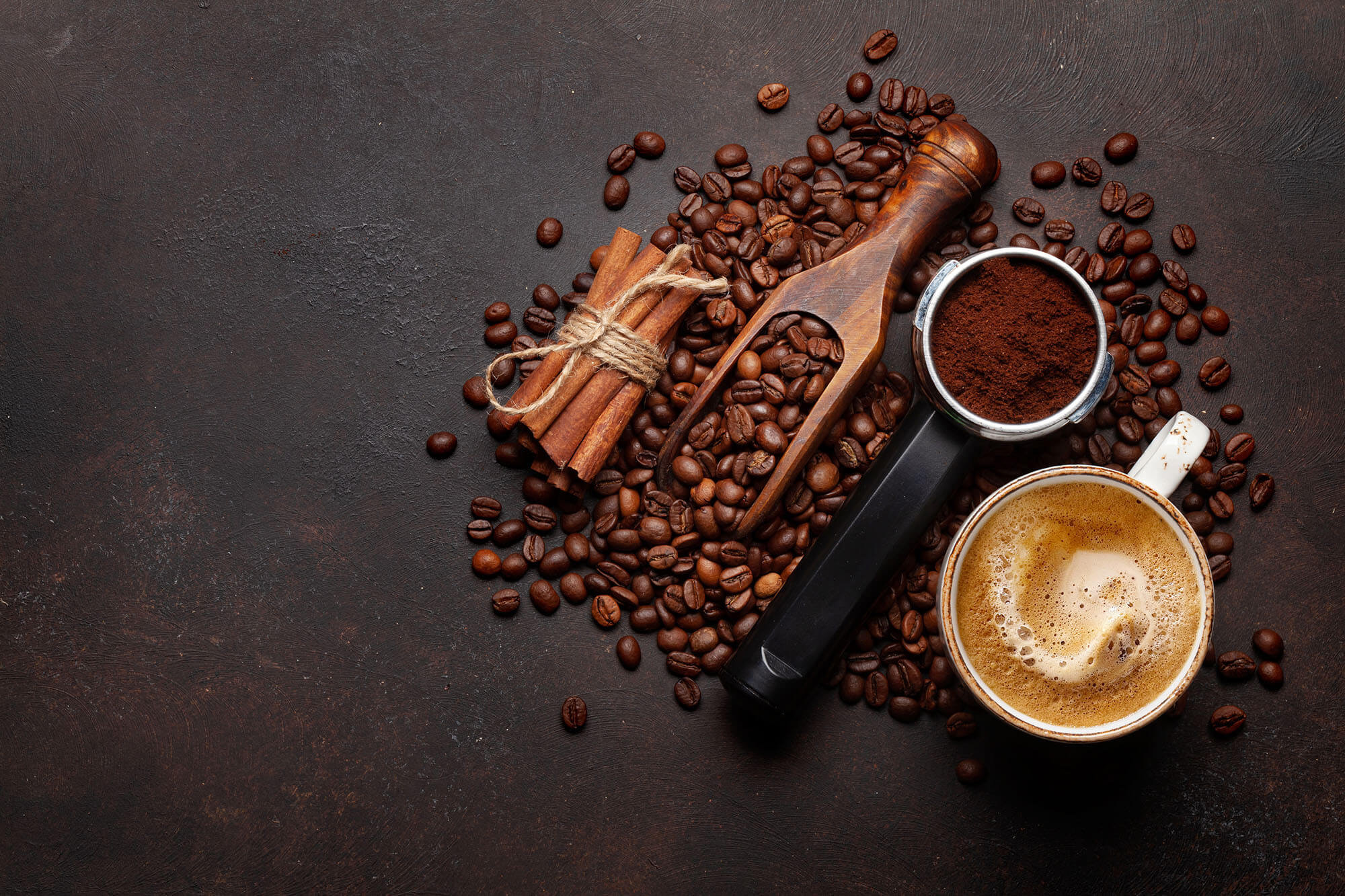
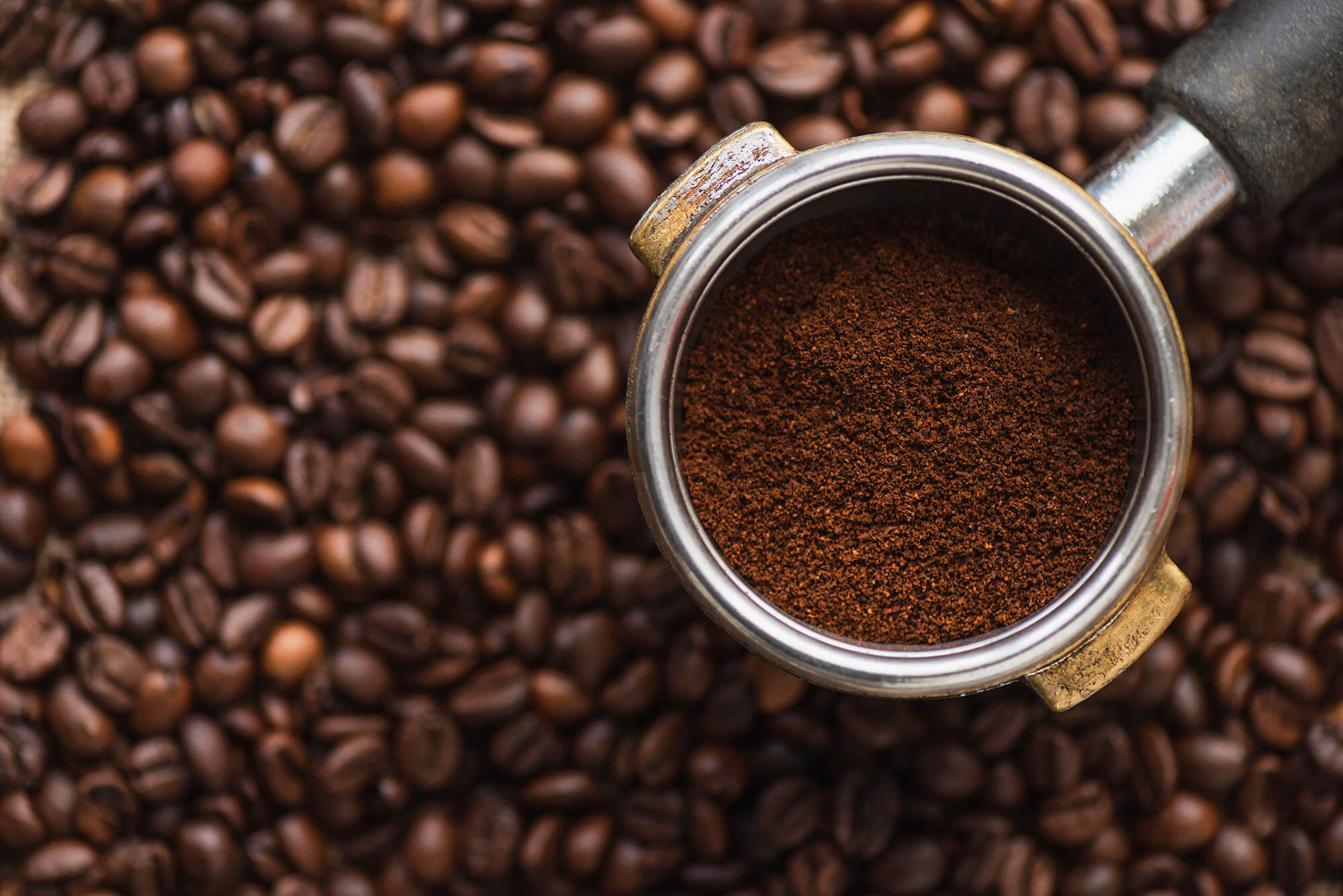
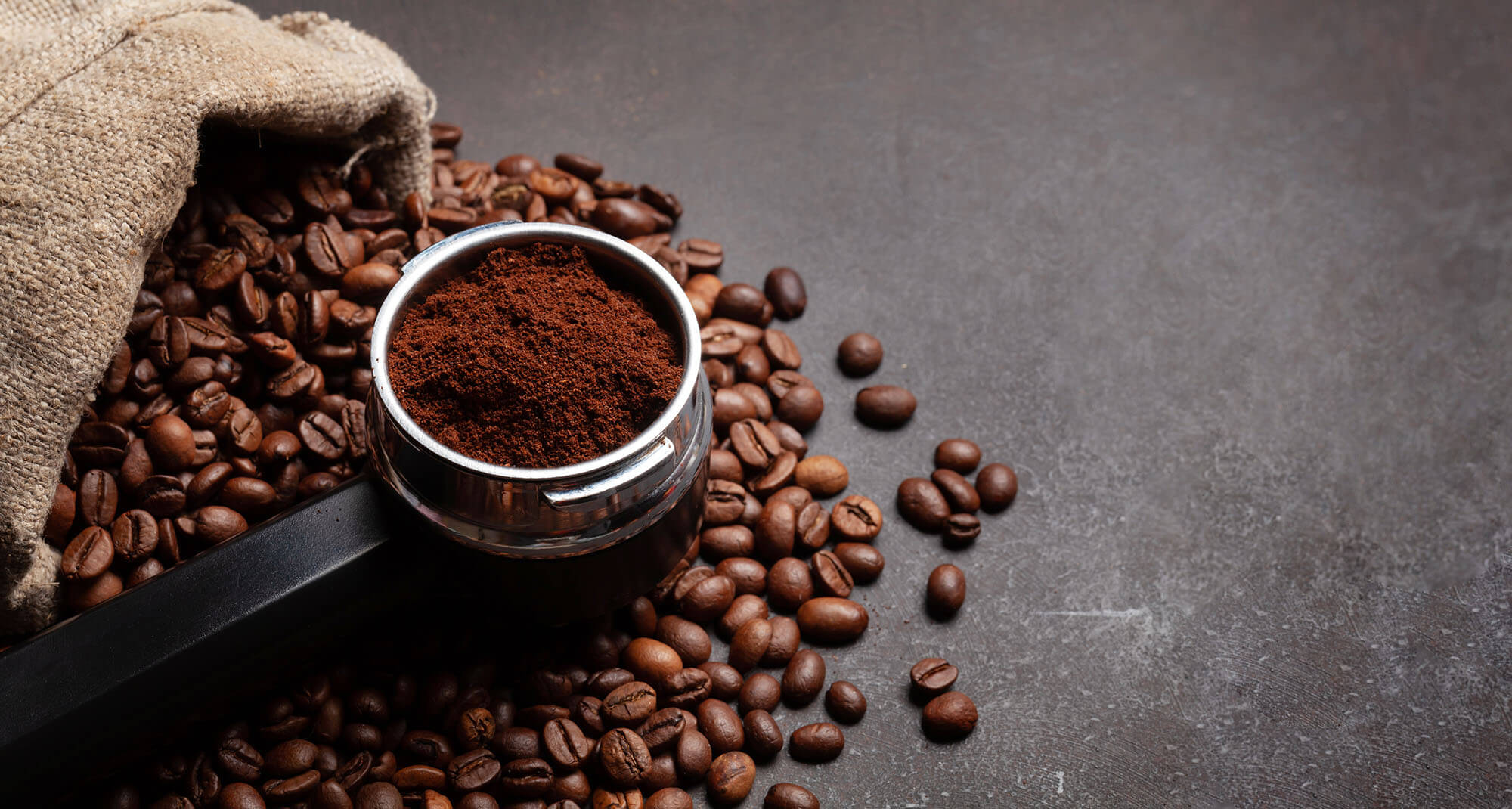
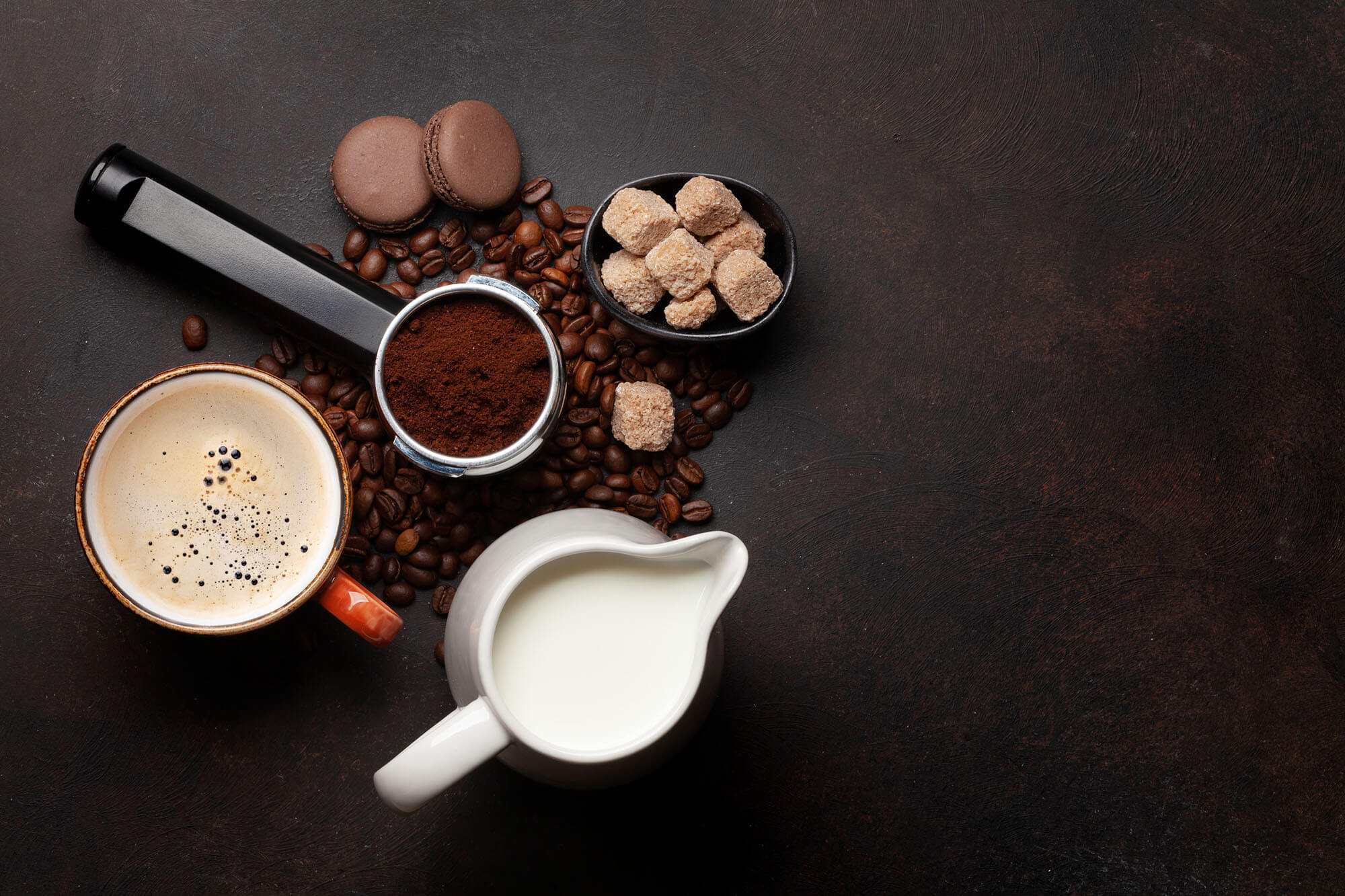
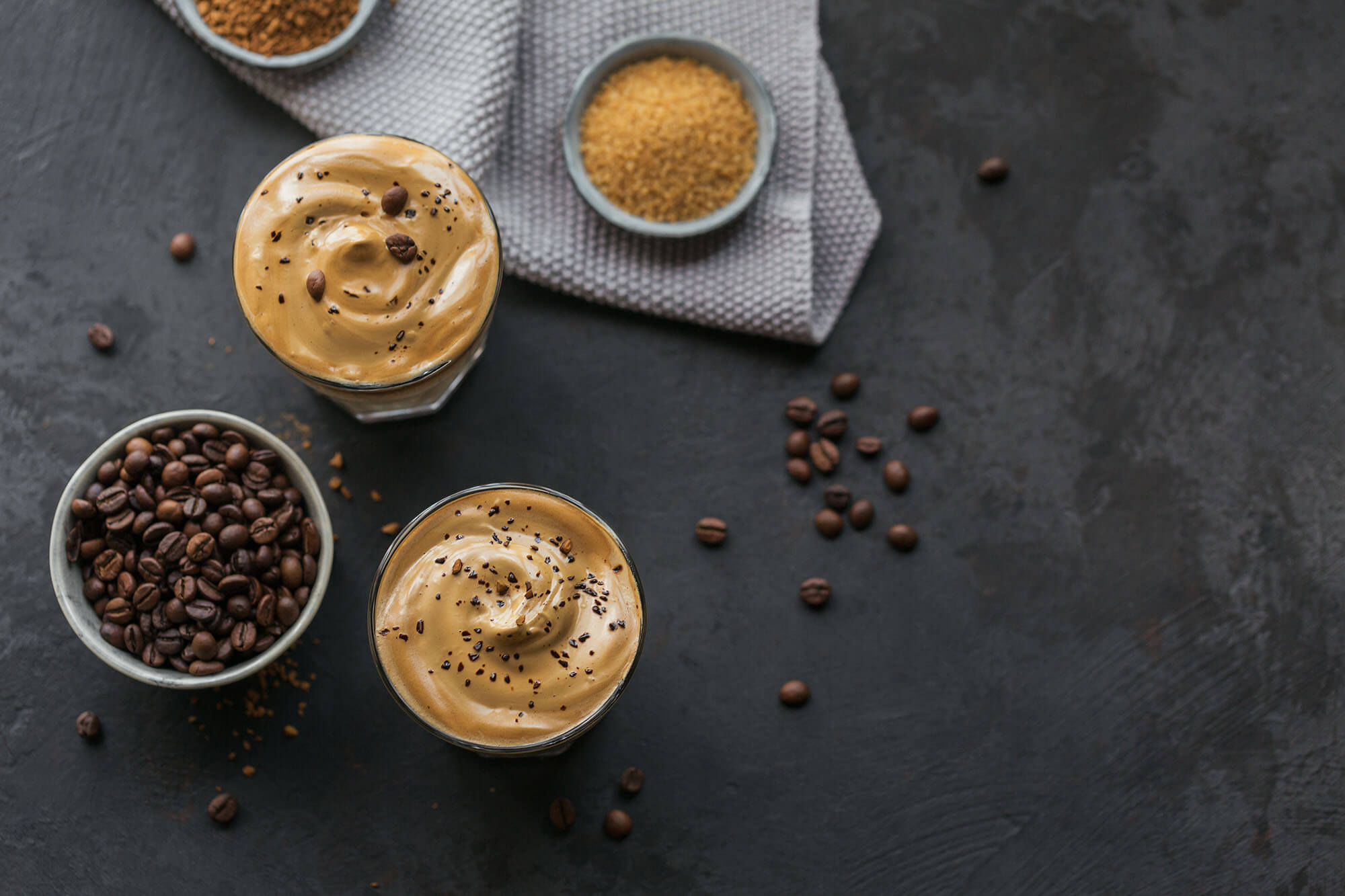
Comments
Emma Campbell
Costin Constantinescu
Jessica
Costin Constantinescu
Costin Constantinescu
Adam
Costin Constantinescu